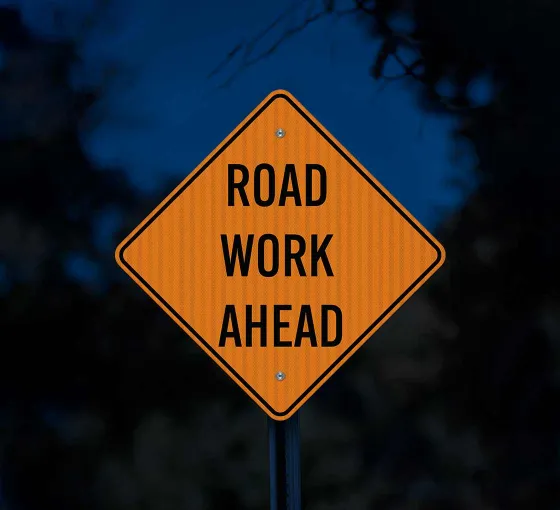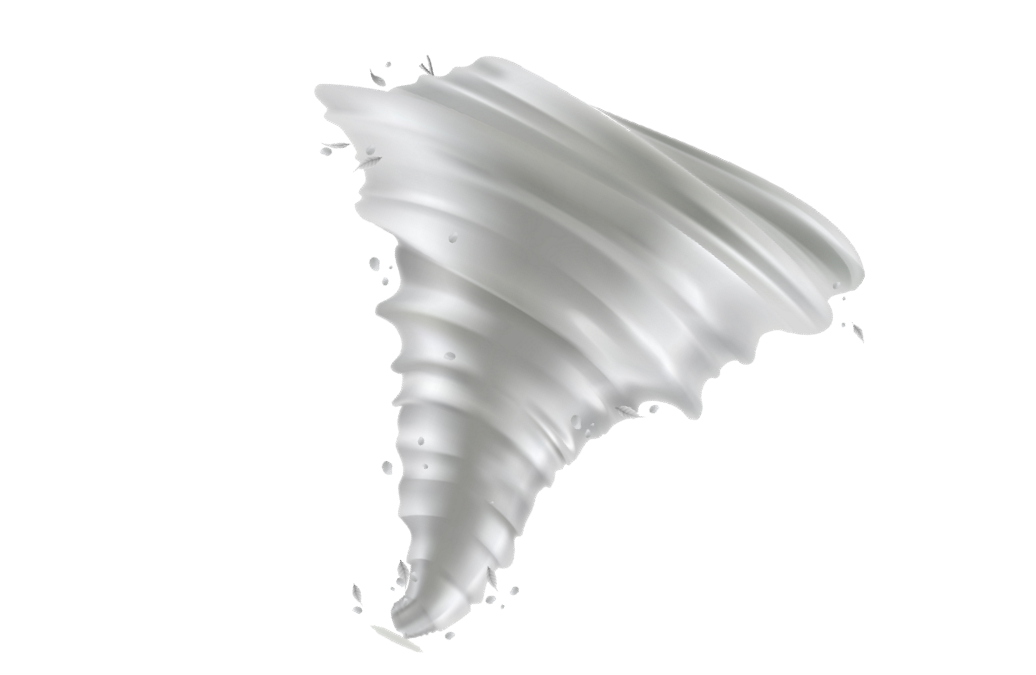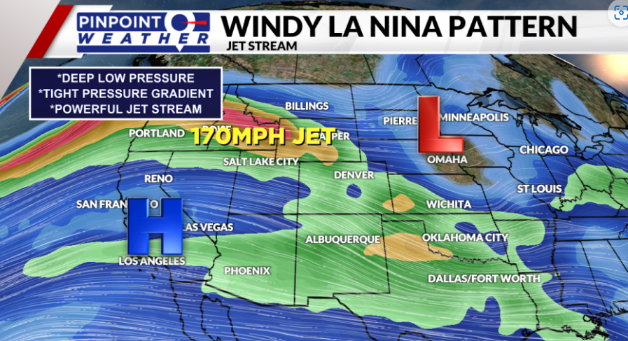
by K. Avey | Apr 30, 2024 | Safety
Work Zone Awareness: Why is it important? In work zones: 700 fatalities occur each year on average 30% of fatal work zone crashes involved at least one large truck – a rate that is significantly higher than the 11% of all fatal crashes that involve at least one...

by K. Avey | Apr 11, 2024 | Safety
Are you prepared? Drive with Weather Conditions in Mind When driving in bad weather, the most important thing you can do is drive with weather conditions in mind. Always be prepared for changing weather. Drive knowing that your weather can change Driving across...

by K. Avey | Apr 10, 2024 | Safety
It’s springtime in Colorado which means wind, and lots of it. Why is it always so windy this time of year? It has to do with the changing seasons and Colorado, Kansas, and Wyoming locations. As the state’s temperature begins to warm up, the jet stream just so happens...

by K. Avey | Mar 4, 2024 | Safety
Communicate Your Presence Other drivers may not notice your vehicle even when it is in plain sight. To help prevent accidents, let them know you are there. When Passing. Whenever you are about to pass a vehicle, pedestrian, or bicyclist, assume that they do not see...

by K. Avey | Feb 17, 2024 | Safety
Statistics: About 20% of motor vehicle crash deaths result from a vehicle leaving the roadway and hitting a fixed object alongside the road. Trees, utility poles, and traffic barriers are the most common objects struck. About 12,600 people died in fixed- or...







